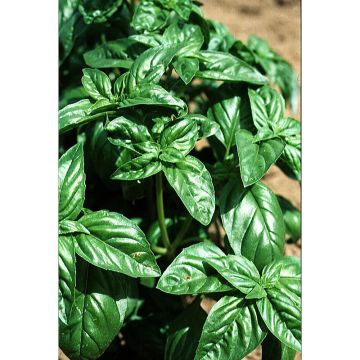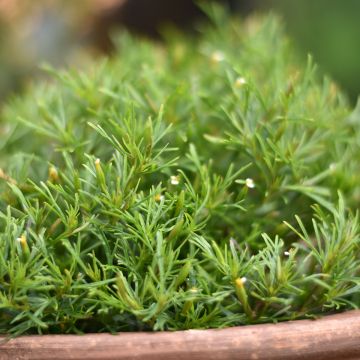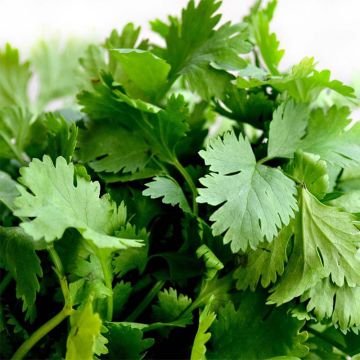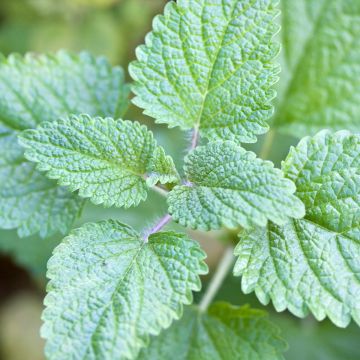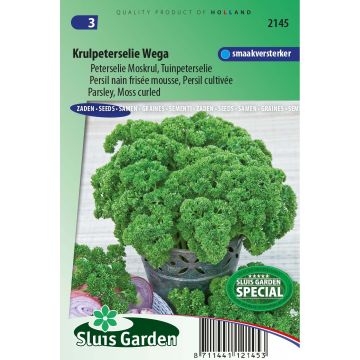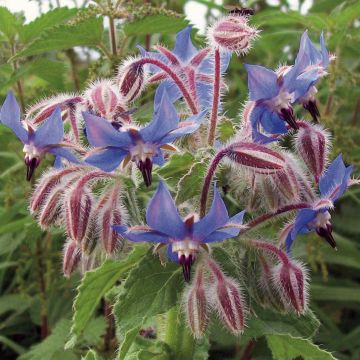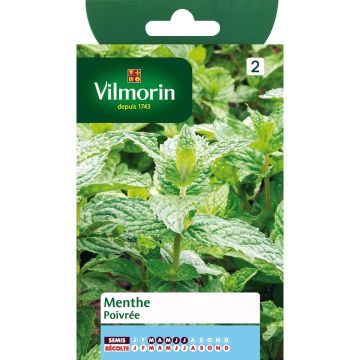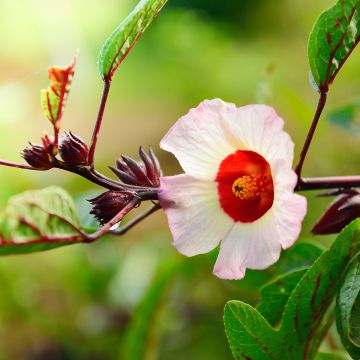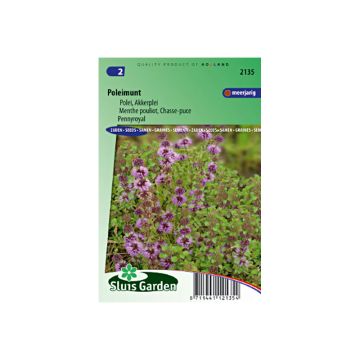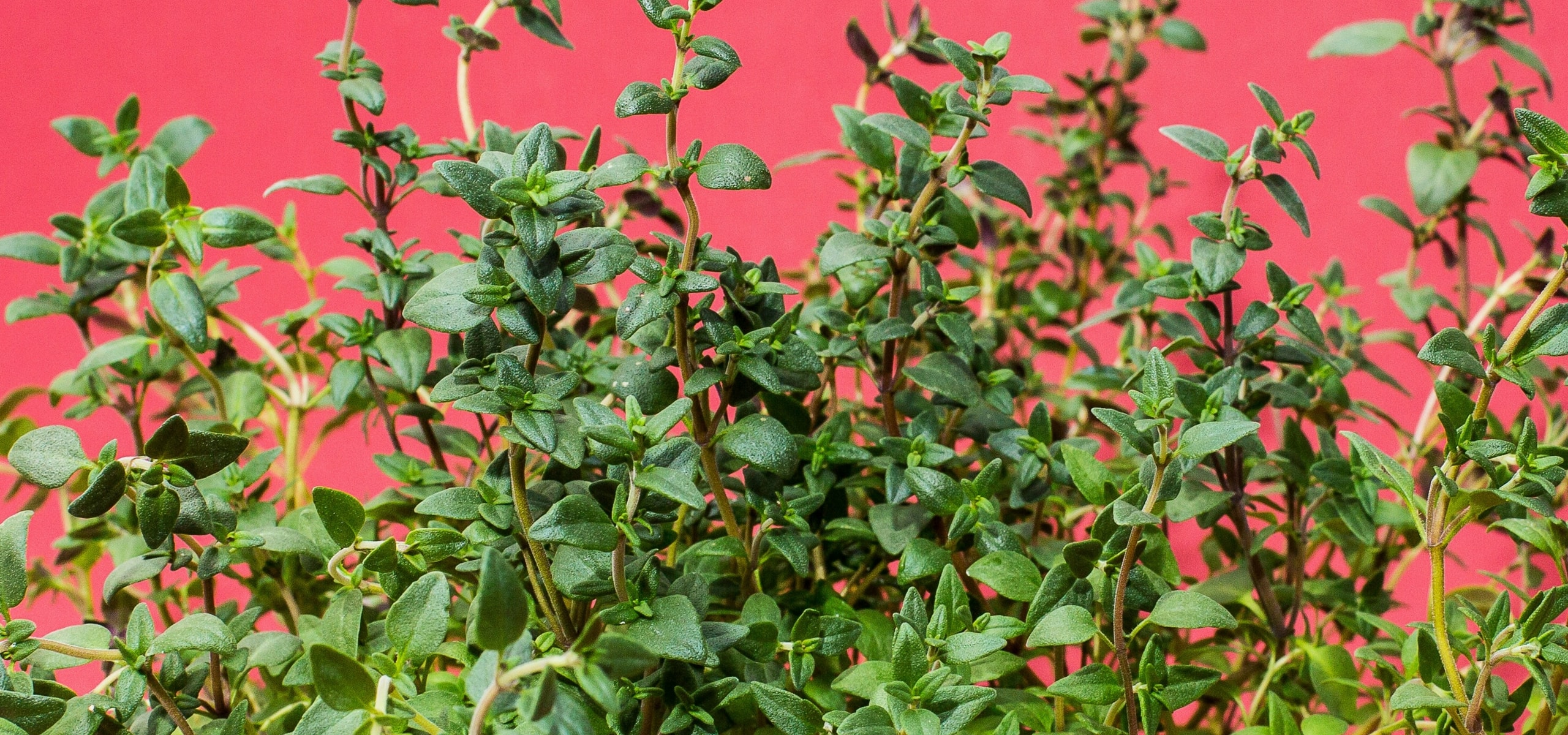
Sowing of aromatic plants
in the vegetable garden or in the ornamental garden
Contents
Aromatic plants are essential in cooking, bringing unique flavours and aromas to our dishes. Growing herbs is easy and rewarding, whether you have a small balcony or a large garden. When and how to do your sowing of aromatic plants? Here are our practical tips for sowing and growing fresh and fragrant herbs at home!
Where to sow aromatic plants?
Aromatic plants, whether annual, biennial or perennial, thrive in all soils as long as they are well-drained. They prefer moderately rich soils: enough to grow, but not too much so that their aromas can concentrate. They can be placed in sun or light shade, in a dedicated space for their cultivation, in pots, but also in the vegetable garden where they can be combined with many vegetables. They can also be planted in perennial borders, within fragrant edges and at the foot of roses.
Read also
7 exotic aromatic plants easy to growWhen to sow aromatic plants?
Sowing takes place from late winter to spring, or in autumn. Each plant has an ideal sowing period that should be respected: before sowing, refer to the information on the seed packet.
Discover other Herb seeds
View all →Available in 1 sizes
Available in 1 sizes
Available in 1 sizes
Available in 1 sizes
Available in 1 sizes
Available in 1 sizes
Available in 1 sizes
Available in 1 sizes
Available in 1 sizes
Available in 1 sizes
How to sow?
Three sowing methods are possible:
Direct sowing in situ, in open ground
Applies to: hardy perennial herbs, but also to annuals that do not transplant well. For example: parsley, coriander, chamomile.
Sowing occurs after the last frosts, depending on the region, from mid-March to June, when the average ambient temperature reaches around 15 degrees. It is done in well-prepared soil: weeded, decompacted, and raked to achieve a fine soil to a depth of about 6 mm.
Sow directly in open ground on soil that is already warm, moist, and sunny. Cover with fine soil and lightly compact with a rake.
After sowing, water if it is dry, ensuring that the soil does not dry out: some moisture is necessary for good seed germination. After 10 to 14 days, you can thin out to remove the less developed plants, leaving 15 cm between each plant.
Warm sowing
Applies to: slow-growing annual herbs and those that need warmth to germinate. For example: basil, marjoram, oregano.
From February to April, in warmth at home or in a heated greenhouse (the temperature should be between 15 and 25 °C depending on the species), sow in seed trays or pots filled with a good seed compost. The bottom of the trays or pots should have small drainage holes to remove excess water. It is also possible to sow in Fertiss clumps according to our video advice.
Fill the tray two-thirds full with compost and lightly compact with a trowel. Place the seeds, leaving at least 1 cm between each seed. Do not sow too thickly, as this would hinder good seed emergence. Cover with a layer of seed compost to the thickness of the seeds using a sieve and lightly compact with a trowel. Water lightly using a water sprayer.
Keep the seedlings at a temperature between 15 and 25 degrees, out of direct sunlight. To encourage germination, cover the tray with glass. Ventilate during the day by lifting the glass when the seedlings appear. Keep moist, but not waterlogged. Gently transplant the seedlings from trays into pots when the seedlings have more than 3 leaves and keep the plants protected from frost.
Transplant into open ground or pot when the risk of frost has passed.
Cold sowing
Applies to: hardy herbs (often perennials). For example: lovage, rosemary, lemon balm, mint.
Sowing takes place from mid-March to June or in September-October, proceeding as for warm sowing, but in an unheated shelter or in a nursery in the garden. The plants are installed in their final location once well developed, in spring or autumn thereafter.
- Subscribe!
- Contents































